
On our new weekly podcast, two friends separated by the Atlantic take questions and compare notes on everything from charcuterie trends to scone etiquette.
Listen NowPopular on Food52
Continue After Advertisement
14 Comments
Rebecca S.
August 3, 2018
At our house, Waldorf Salad was a holiday favorite. Our take: apples (mostly peeled), celery, softened raisins (quick zap in the microwave with a little orange juice or water), halved red or green grapes, halved maraschino cherries, walnuts, a little sugar, a little salt, and plenty of good mayonnaise. I always make extra to eat for breakfast the next morning.
Laura
August 2, 2015
according to my mother's version (from a thick green cookbook), Waldorf Salad was dressed with a scratch-made boiled dressing - that wouldn't be mayonnaise, would it?
Pete N.
August 2, 2015
A Boiled Dressing can be thought of as sort of a Hollandaise Sauce and I think the chef may have made his own mayo which is a little lighter and without vinegar.
Samantha W.
August 3, 2015
I've seen the boiled dressing version in an edition of the Fannie Farmer cookbooks!
Sharon
July 6, 2015
Gee, Waldorf salad. Haven't thought of it in more decades than I care to own up to. I grew up on this salad, as my parents liked it and made it often. It was always on the Thanksgiving table, with walnuts for that special occasion. They used to serve it in iceberg lettuce cups as a side dish. This was way back in the day when iceberg was practically the only lettuce to be found in America. We've come a long way, baby! But, I never cared for this salad and stopped eating it once I was old enough to rebel (around seven or eight years old). However, being obsessed with food history, I really enjoyed reading this. It hit a deep tap root of very pleasant childhood memories, and made me consider adding a Waldorf to the holiday table this season. Just because I don't care for it doesn't mean others won't enjoy it. Thanks for the article.
Pete N.
July 5, 2015
Very interesting and I went back through my collection of Fannie Farmer Cookbooks and found that the original that she listed did not mention walnuts but in the 1939 edition they had been added. My mother was a wonderful cook and she introduced me to Fannie as a child and she made Waldorf salad on a regular basis. It has been interesting that many recipes were deleted over the years but got re-instated later on.
AntoniaJames
June 29, 2015
I found it interesting to note that in the version of "The Escoffier Cookbook" that's on my shelf, the recipe calls for soaking the walnuts for 15 minutes. Wonder why . . . . (The inclusion of "clear mayonnaise," along with a reference to the procedure for making it found elsewhere in the book, also intrigued me.) ;o)
amysarah
June 29, 2015
I have no clue about the wet walnuts, but clear mayonnaise might just be a poor translation from French - 'en clair' means plain, so maybe the original called for 'mayonnaise en claire' as in not flavored with garlic (i.e., aioli) or anything else. Just a guess!
AntoniaJames
June 29, 2015
For those of you who might be interested in some other 19th century sources discussing Waldorf Salad, take a look at this: https://www.google.com/search?q=cookbook+%22waldorf+salad%22+&btnG=Search+Books&tbm=bks&tbo=1#q=cookbook+%22waldorf+salad%22&tbm=bks&tbs=cdr:1,cd_min:1800,cd_max:1899
(Ask me sometime why I like Google Books so much. There's more to the story than you think.) ;o)
(Ask me sometime why I like Google Books so much. There's more to the story than you think.) ;o)
nancy E.
June 26, 2015
Now this is why I joined food52. Not for dumbed down statements but great articles about food and great recipes.
amysarah
June 26, 2015
Really interesting - thank you! Would love to see more pieces about the history of iconic dishes/roots of current ones. For me, it would also be a good balance to regular features focusing on trends, what's in/out, what we like this week, etc.
madeebeth
June 26, 2015
Thank you for this wonderful article! I've sent the Tschirgi clan (Changed in the states, yet no easier to spell) this lovely extended account, that not only is a fascinating piece of culinary history but also might explain our love of mayonnaise.
Rebecca Z.
June 26, 2015
The correct term is 'pore over' rather than 'pour over.' The latter implies you are spilling a liquid over your reading.
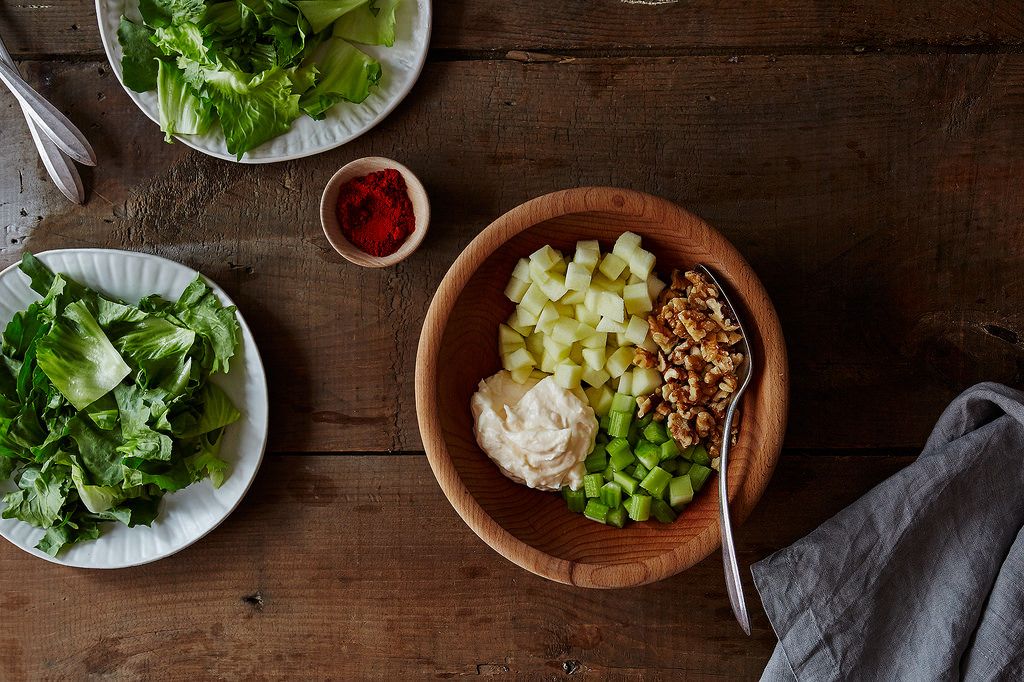

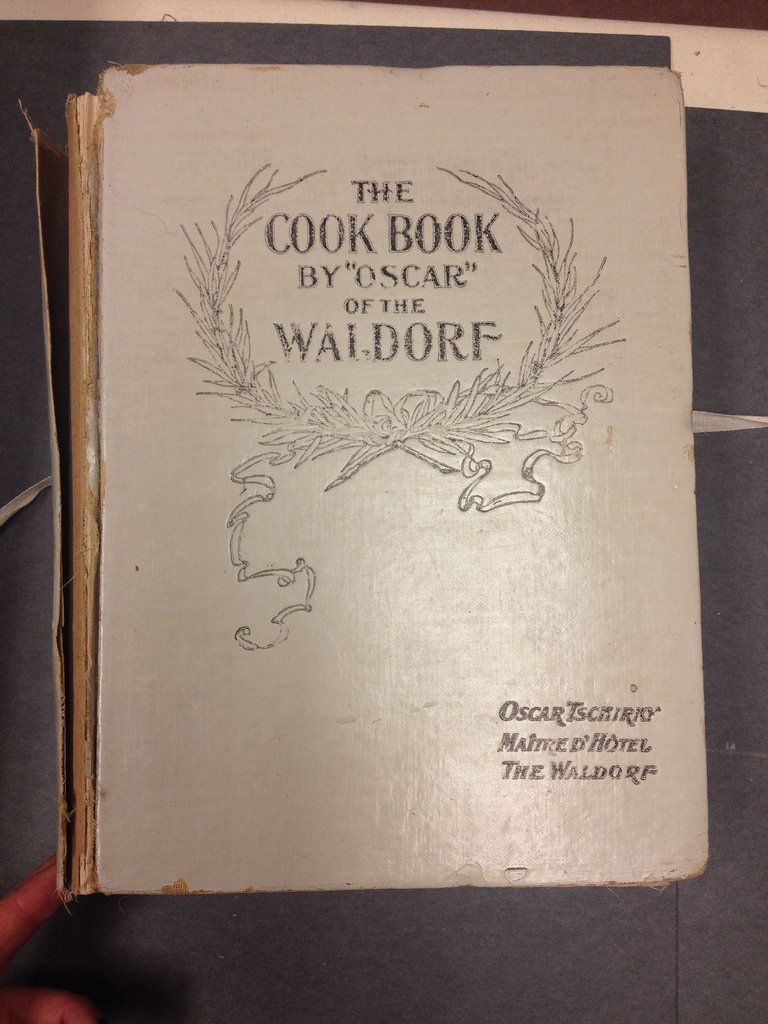
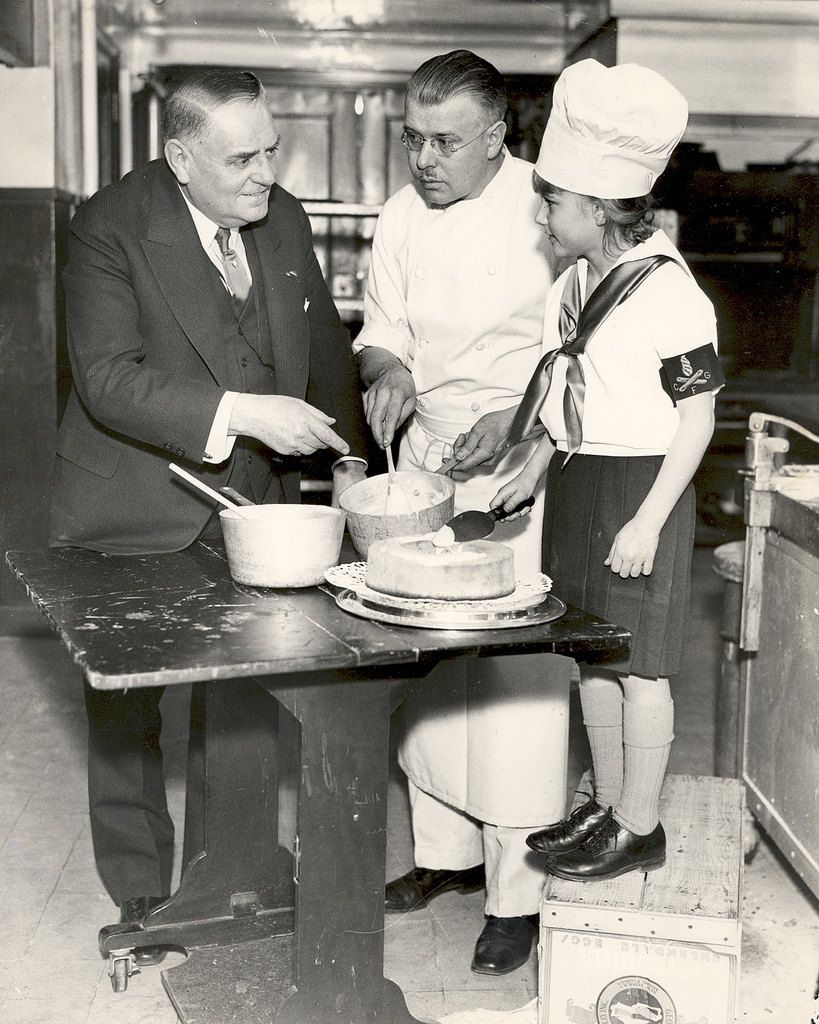
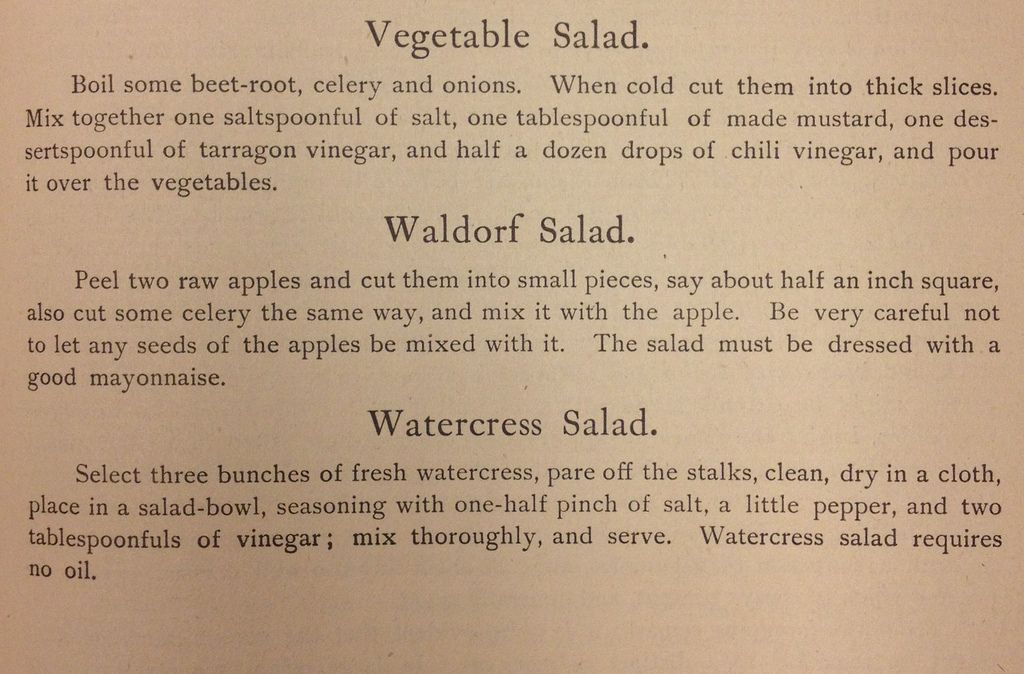

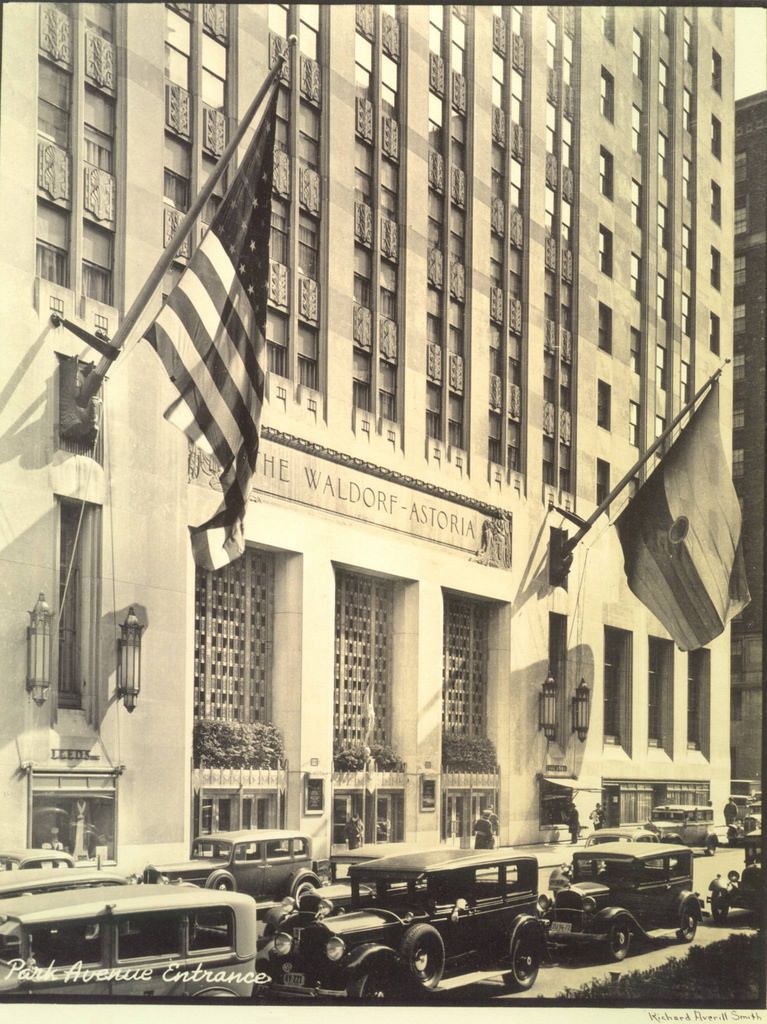
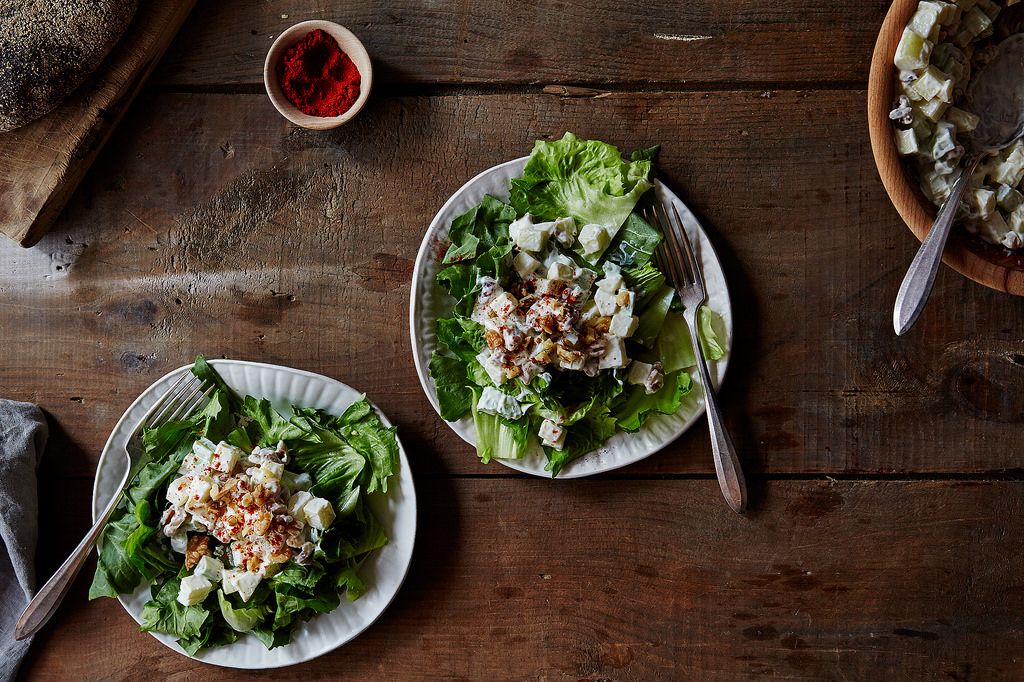
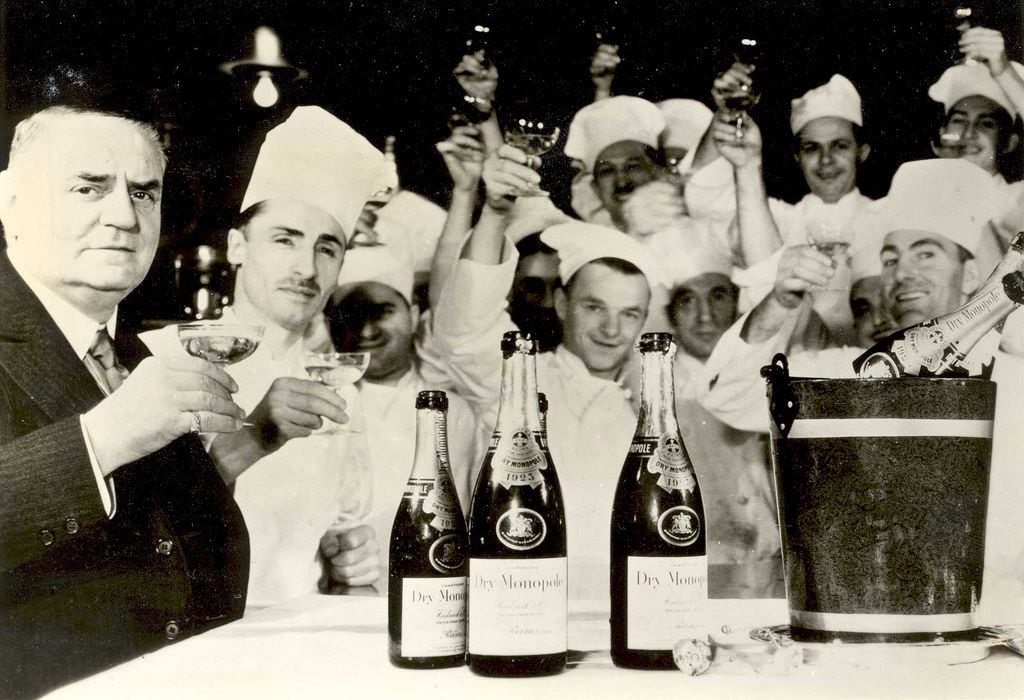

See what other Food52 readers are saying.